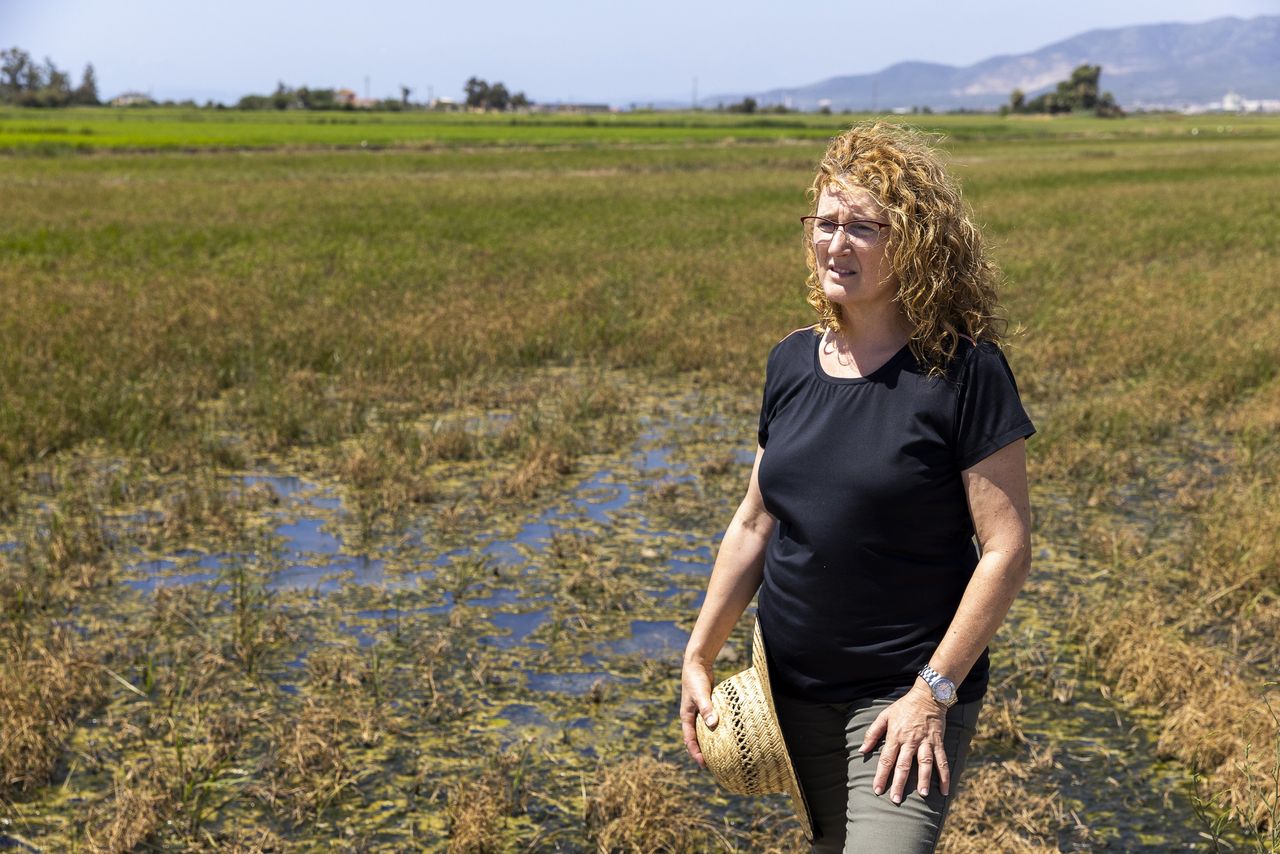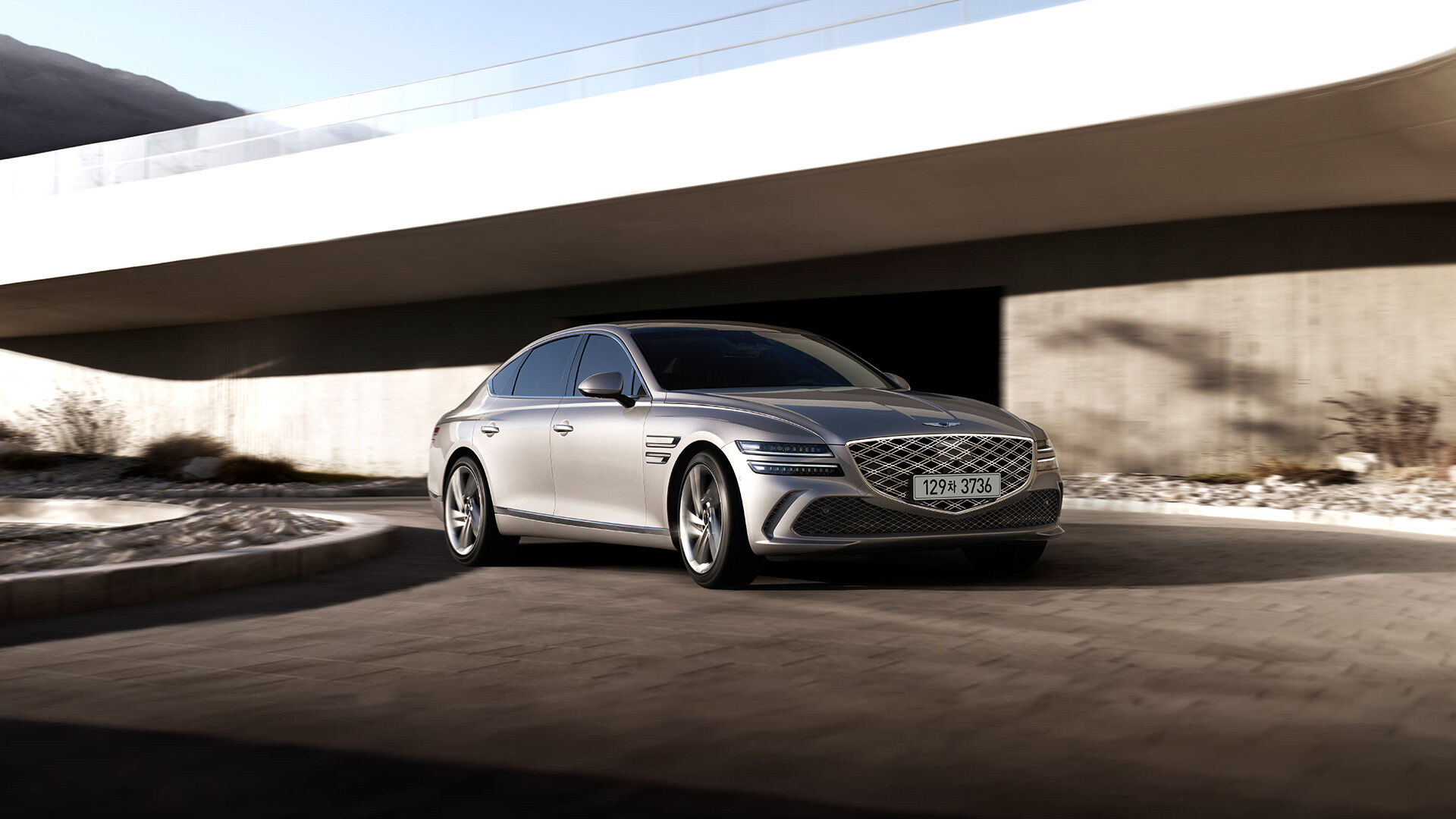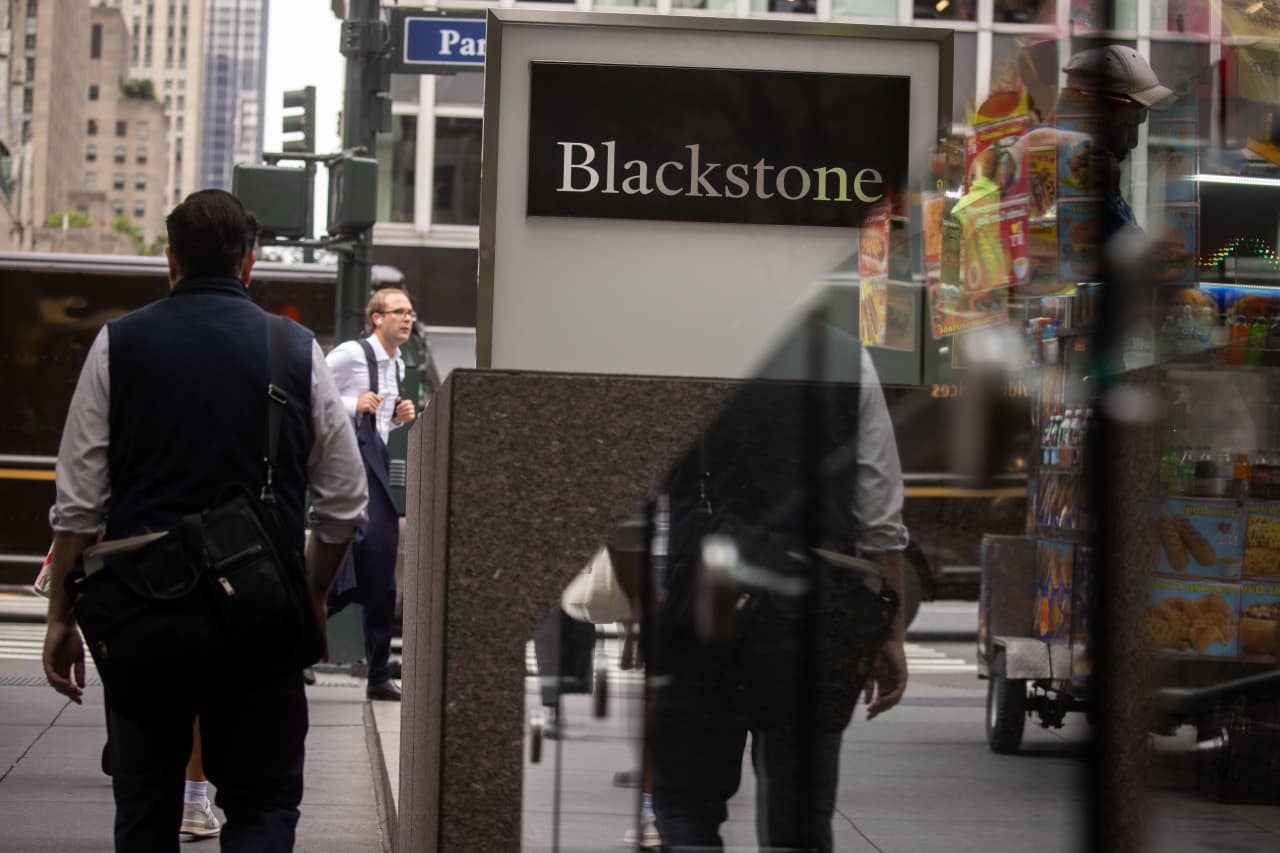It’s So Hot, They’re Growing Mangoes in Italy
Problems faced by farmers in the Mediterranean offer a preview into the challenges of feeding a warmer planet
EBRO DELTA, Spain—So much seawater is seeping into the paddy fields of this prized rice-growing region that Montserrat Sérvulo is considering replacing at least some of the crop with seaweed and clams.
“There is too much salt here,” said the 56-year-old farmer, standing on the edge of a field where she used to grow rice until last year. It is now filled with patchy grass and mud. “Last year wasn’t a good year, but at least we had something.”
Rising sea levels, dry spells and heat waves are disrupting food production in the Mediterranean, a region whose diet is regarded as a cultural treasure.
This year, prolonged drought and the scorching heat have hit agricultural production especially hard, wreaking havoc from the olive groves of Spain to the wheat fields of Algeria, reducing yields and pushing farmers to consider switching to hardier crops.
The recent heat wave has affected food production in other ways, too. Cows are producing less milk and bees are less willing to forage for pollen, with honey production down 70% compared with last year in Italy, according to Coldiretti, the country’s agricultural trade association.
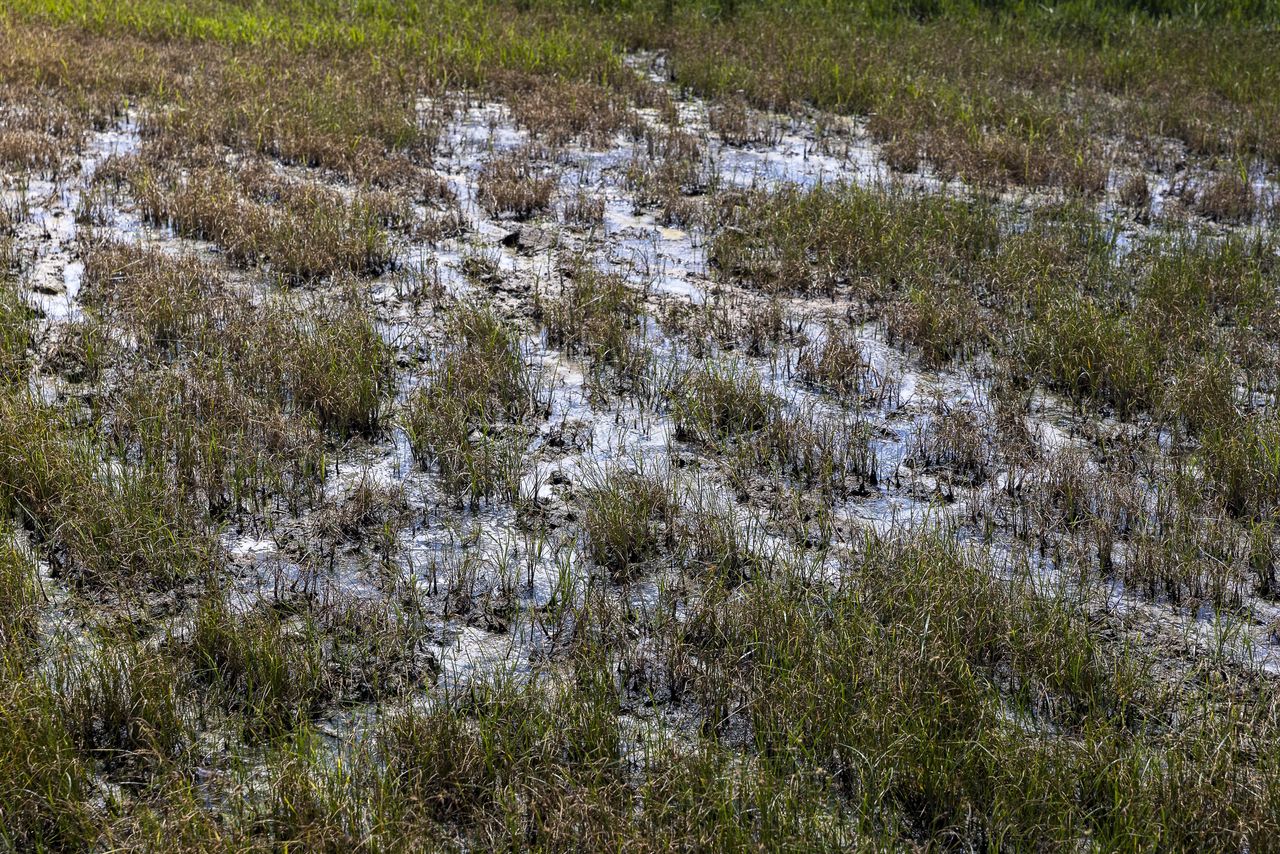
The climate is changing faster in the Mediterranean than in most places on Earth. Average temperatures here have already risen by around 1.5 degrees Celsius since the dawn of the industrial age, more than in all other regions except the Arctic. The problems farmers face in the Mediterranean offer a preview into the challenges of feeding a hotter planet.
The Ebro Delta, where paddy fields are spread over some 20,000 hectares of land, is so vulnerable because it is coming under the twin pressures of rising sea levels and drought.
Seawater from the Mediterranean is reaching deeper inland than it used to, and there isn’t enough freshwater from the Ebro River to flush out the excess salt from the fields. Because of a prolonged drought, the river was running so dry this year that, for the first time ever, the water supply to the delta was interrupted for long stretches of time.
The result is what some farmers here say is shaping up as the worst harvest they have ever seen. “If we manage to harvest 30% of what we did last year, it will be a lot,” says Sérvulo, who grows rice varieties used to make beer, breakfast cereal and the local specialty, paella.
Short-term solutions include processing more wastewater and covering up canals to limit how much water evaporates. Creating buffer zones to counter coastal erosion, such as through artificial beaches, could also help. But that won’t solve the problem everywhere.
“In some areas, rice production isn’t feasible anymore,” says Carles Ibañez Martí, head of climate change at Eurecat, a Barcelona-based research centre, who has studied the Ebro Delta. “You can fight it to some extent, but adaptation has its limit and at some point you can’t adapt any more, you have to change.”
How close this turning point is depends on how fast the sea levels and temperatures rise. In the rice-producing areas of northern Italy the drought has been so acute this year that some farmers have already planted soybeans, which require less water, instead.
Scientists aren’t optimistic. The latest report by the United Nations Intergovernmental Panel on Climate Change says the effects of global warming in the Mediterranean Sea’s coastal countries are likely to intensify in the coming decades.
Scientists at IRTA, the Institute of Agrifood Research and Technology of Spain’s Catalonia region, are helping farmers adapt to climate change, including by studying fish, seaweed and clam varieties best suited to replace paddy fields in the wetlands of the Ebro Delta.
“We are developing the technology so that when there is need, we can easily transfer it. We need to have data from two-three years of production cycles to show [farmers] it’s a credible, feasible opportunity. If not, they will abandon these areas,” said Enric Gisbert, who oversees the aquaculture division of IRTA. “What is happening here will probably happen in other deltas of the Mediterranean.”
The IRTA has also developed a new breed of apple designed to withstand higher temperatures. Similar studies are happening elsewhere. In Israel, researchers recently developed a new variety of drought-proof tomato.
The drought is stressing the poorer southern rim of the Mediterranean, where economies are being forced to import more wheat and other food staples. In Algeria and Morocco, fields of wheat, barley and other staple crops along the country’s Mediterranean coast have turned yellow well before harvest time, dried out by a persistent lack of rainfall.
“There is no water. We can’t work,” said Mohammed Bahout, 80, whose family grows wheat and barley west of Algiers, in a region between the coast and the Algerian highlands that is the country’s bread basket. He used to grow tomatoes and other vegetables, but the lack of water forced him to grow less water-intensive staple crops instead.
“If the good Lord doesn’t send water, we’re finished,” Bahout said.
Some are trying to make the most of the changing climate. In southern Italy, farmers are growing tropical fruit such as mangoes.
The cultivation of fruits such as bananas, mangoes and avocados has increased threefold in Italy over the past five years, and now covers some 1,200 hectares of farmland in Italy’s southernmost regions of Sicily, Calabria and Puglia, according to Coldiretti.
In northern Italy, the warmer weather has enabled the large-scale production of tomatoes and olive oil—crops that until 15 years ago were a preserve of the peninsula’s central and southern regions.
“An increase in one or 1.5 degrees Celsius means we can now cultivate things such as wheat in northern Italy. But if the rise in temperature is followed by heavy rains and hailstorms with hails as big as tennis balls, that becomes a lot more complicated,” said Lorenzo Bazzana, who is in charge of economic analysis at Coldiretti. “Adapting to climate change isn’t so simple.”
In the Languedoc wine country in southern France, vineyards have been stifled by months of drought and now a heat wave. Lack of rain leaves grapes small and shrivelled, while heat can raise a wine’s alcohol content and dull the characteristic flavours of a terroir.
Languedoc, which stretches along the Mediterranean near Spain, is one of the French regions most at risk from rising heat and longer periods of drought.
“We have rarely seen a period this long without rain,” said Christophe Bousquet, president of Languedoc’s wine growers group. “The grapes aren’t very pretty. There are a lot of them, but they are extremely small.”
Languedoc wine growers are searching for ways to protect their livelihood from the growing impacts of climate change. Bousquet, who owns a vineyard in La Clape, a territory on the Mediterranean, is allowing the grass to grow around his vines to hold more moisture in the soil when it does rain.
They are also looking into planting different grape varieties that can better withstand drought and heat. That is a risky change, Bousquet said, and new vines take years to grow—time he says they don’t have.
“The problem is, time is against us,” he said. “The evolution of the climate in the Mediterranean is happening much faster than anticipated.”
—José Bautista contributed to this article
 Copyright 2020, Dow Jones & Company, Inc. All Rights Reserved Worldwide. LEARN MORE
Copyright 2020, Dow Jones & Company, Inc. All Rights Reserved Worldwide. LEARN MORE
Chris Dixon, a partner who led the charge, says he has a ‘very long-term horizon’
Americans now think they need at least $1.25 million for retirement, a 20% increase from a year ago, according to a survey by Northwestern Mutual
The G80 Sport makes its entrance, displaying dynamic design details and elevated automative capabilities.
Juma Al Majid LLC, the exclusive dealer for Genesis in the UAE, has launched the G80 – a cutting-edge luxury sedan. Merging tradition with innovation, this model embodies Genesis‘ relentless pursuit of superior design, state-of-the-art technology, and unmatched luxury.
The new G80 marks a significant milestone in introducing Korean automotive excellence to the UAE, highlighting the brand’s commitment to providing exceptional experiences.
Meticulously crafted, the redesigned G80 adheres to the ‘Athletic Elegance’ design philosophy synonymous with Genesis. This luxury vehicle features refined details and cutting-edge specifications, combining comfort and style to elevate every driving experience to new heights.
“The debut of the all-new G80 in the UAE market propels our vision to converge advanced technology and refined elegance”, stated Suliman Al Zaben, Director of Genesis, UAE. “This launch is a step forward for Genesis in the UAE market and strengthens our efforts to offer ultimate luxury, innovation, and unique design to our incisive customer base.”
With a new dual-mesh design, the G80’s exterior enhances the sophisticated appearance of the Two-Line Crest Grille, paired with iconic Two-Line headlamps featuring Micro Lens Array (MLA) technology. This highlights Genesis’ commitment to harmonizing advanced technology with elegant design. The five 20-inch double-spoke wheels exude a dynamic aesthetic, resembling sleek aircraft lines, complementing the car’s parabolic side profile. Rear diffusers conceal mufflers adorned with distinctive V-shaped chrome trim inspired by the Crest Grille, embodying an eco-conscious ethos in today’s technology-driven era.

The G80 reinforces Genesis’ design philosophy in its interiors, inspired by the uniquely Korean concept of the Beauty of White Space, integrated with state-of-the-art technology to create cosmetic brilliance for users. The 27-inch-wide OLED display seamlessly combines the cluster and AVN (Audio, Video, Navigation) screen in a horizontal layout, extending to the center fascia, showcasing its flair for innovative technology. The touch-based HVAC (Heating, Ventilation, and Air Conditioning) system offers ease of control, while the redesigned crystal-like Shift By Wire (SBW) ensures a comfortable grip, infusing a sense of luxurious convenience.
With its dual-layered Crest Grille and expanded air intakes, the G80 Sport package delivers a dynamic and sporty spirit. Exclusive interior options, such as a D-cut steering wheel and carbon accents, enhance its sporty allure. Equipped with Rear Wheel Steering (RWS) and Electronic Limited Slip Differential (E-LSD), the G80 Sport 3.5 twin turbo model is built for stable control during high-speed maneuvers.
Fitted with advanced safety and convenience features, this luxury sedan includes Remote Smart Parking Assist 2, Lane Following Assist 2, and a Fingerprint Authentication System. The three-zone HVAC system provides customized climate control for all passengers. With two powertrain options – a 2.5 turbo engine delivering 300 horsepower and 43.0 kgf·m of torque, and a 3.5 twin turbo engine producing 375 horsepower and 54.0 kgf·m of torque – superior driving dynamics ensure a silent and luxurious driving experience.
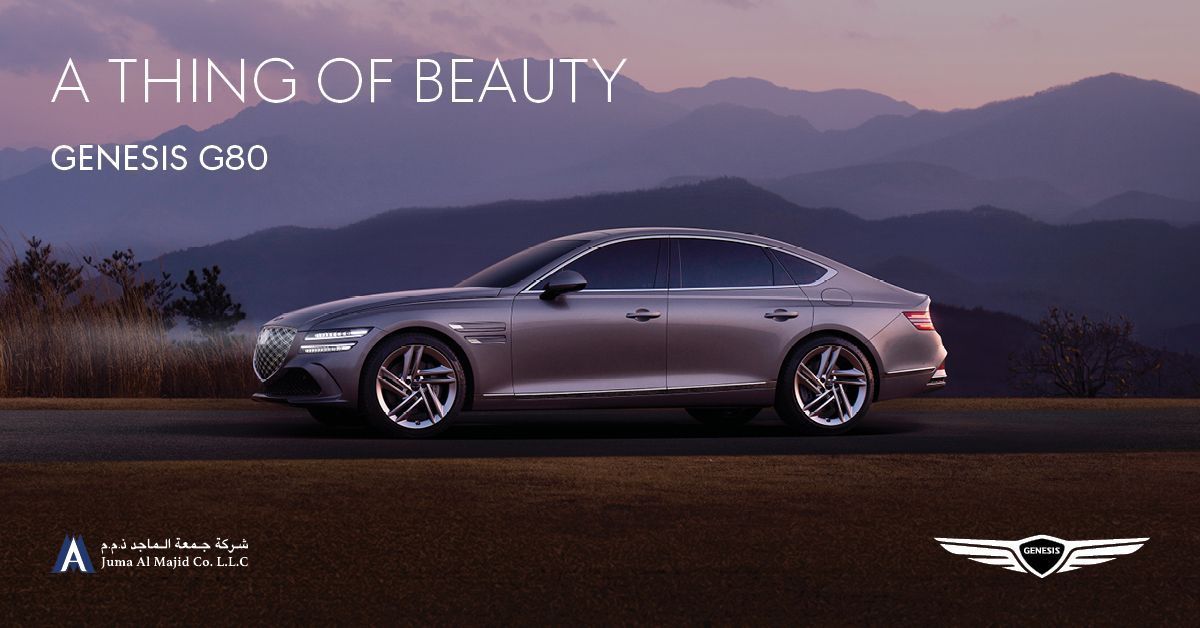
Chris Dixon, a partner who led the charge, says he has a ‘very long-term horizon’
Americans now think they need at least $1.25 million for retirement, a 20% increase from a year ago, according to a survey by Northwestern Mutual









